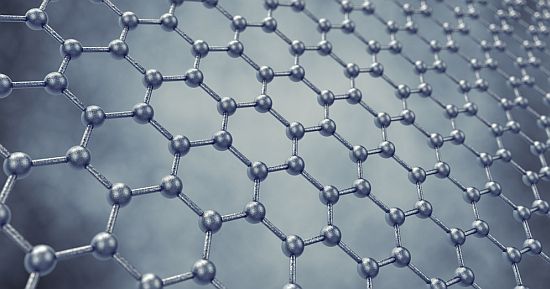 An unusual and very exciting form of carbon that you may have created yourself, the last time you put pencil to paper, looks to hold the key to real-time, high throughput DNA sequencing, a technique that would revolutionise medical research and testing.
An unusual and very exciting form of carbon that you may have created yourself, the last time you put pencil to paper, looks to hold the key to real-time, high throughput DNA sequencing, a technique that would revolutionise medical research and testing.
Using the Australian Synchrotron, Australian researchers have shown that graphene, a flat, honeycomb lattice of carbon a single atom thick, can distinguish between the four nucleobases (cytosine, guanine, adenosine and thymine) that make up DNA. Each nucleobase influences the electronic structure of graphene in a measurably different way. Used in conjunction with a nanopore that allows a single DNA molecule through, a graphene-based electrical sensor could enable real-time, high-throughput sequencing of a single DNA molecule.
Led by Dr Jiri Cervenka and Nikolai Dontschuk from the University of Melbourne, the team published their latest findings in Nature Communications in March 2015.
